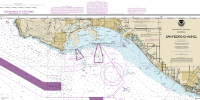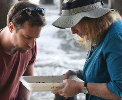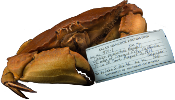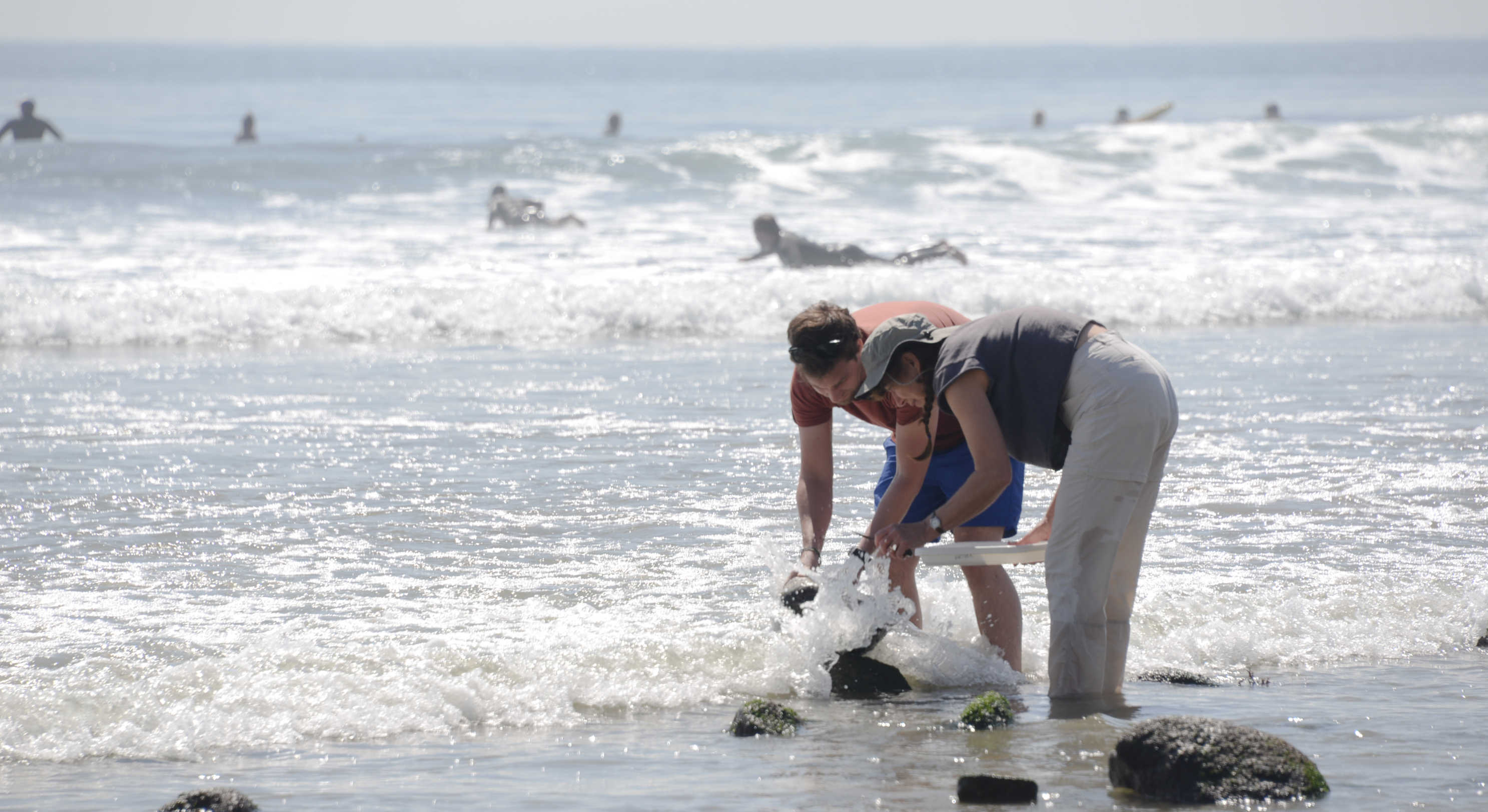Projects

The Los Angeles Urban Ocean Expedition
As part of the DISCO project, we organized a major expedition to explore the biodiversity of the urban ocean around Los Angeles. Taking place over two weeks, we involved numerous partner organizations and dozens of taxonomists in a major sampling effort.

Diversity Initiative for the
Southern California Ocean (DISCO)
The Marine Biodiversity Center is spearheading an initiative to build a DNA barcode library for Southern California marine invertebrates and develop environmental (eDNA) techniques for marine settings. These capabilities will enhance and expand our ability to explore, discover, and monitor marine invertebrate diversity using modern molecular techiques.

Advanced Research Internship Program (ARIP)
We host groups of high school interns for a three-week intensive research program (one week online, two weeks in the Museum). We have done this in 2016, 2017, and 2018, and 2019. During this program, interns collect marine invertebrates in the field, do genetic barcode sequencing, post reference barcodes to the international Barcode of Life Database (BOLD), and learn a lot about research and U.S. college life.

Malibu Pier BioBlitz of 2016
We provided a marine BioBlitz experience for classes of fourth-graders at Malibu Pier in parnership with the National Parks Service. In conjunction with the public side of the BioBlitz, we are supported by NPS to barcode 1,000 specimens as part of the DISCO project.

WeDigBio 2016 Crab Shack specimen digitization
The Marine Biodiversity Center fielded The Crab Shack as participation in 2015’s WeDigBio international collection digitization initiative.
Vernal Pools

As one of two California State-designated repositories for specimens of endangered fairy shrimp, the MBC is involved in vernal pool specimen collection and processing.

Crabs in the Family Cancridae
The “Cancer crabs” (Family Cancridae) are distributed worldwide in coastal ocean waters. This group includes the commercially important Dungeness and Rock Crabs. The Eastern Pacific is a global diversity hotspot for these crabs. We are investigating their phylogeny, using primarily molecular tools, with the aim of informing biological systematics and fishery management.
What is the MBC?
The Marine Biodiversity Center is the Natural History Museum’s core facility for the curation of marine invertebrates. Collections come to the Museum from a variety of research projects and government agencies. These collections document and archive the particular diversity of the invertebrate fauna both regionally and worldwide. Preserving the specimens and the data associated with them is a challenging and ongoing responsibility of the Museum.
Who are we?
The Marine Biodiversity Center’s staff is dedicated to evaluating the incoming collections, applying the most appropriate curatorial procedures for the specimens, and organizing the collection information. Curated specimens may be maintained by the Marine Biodiversity Center itself or transferred to the holdings of other sections within the Museum.



